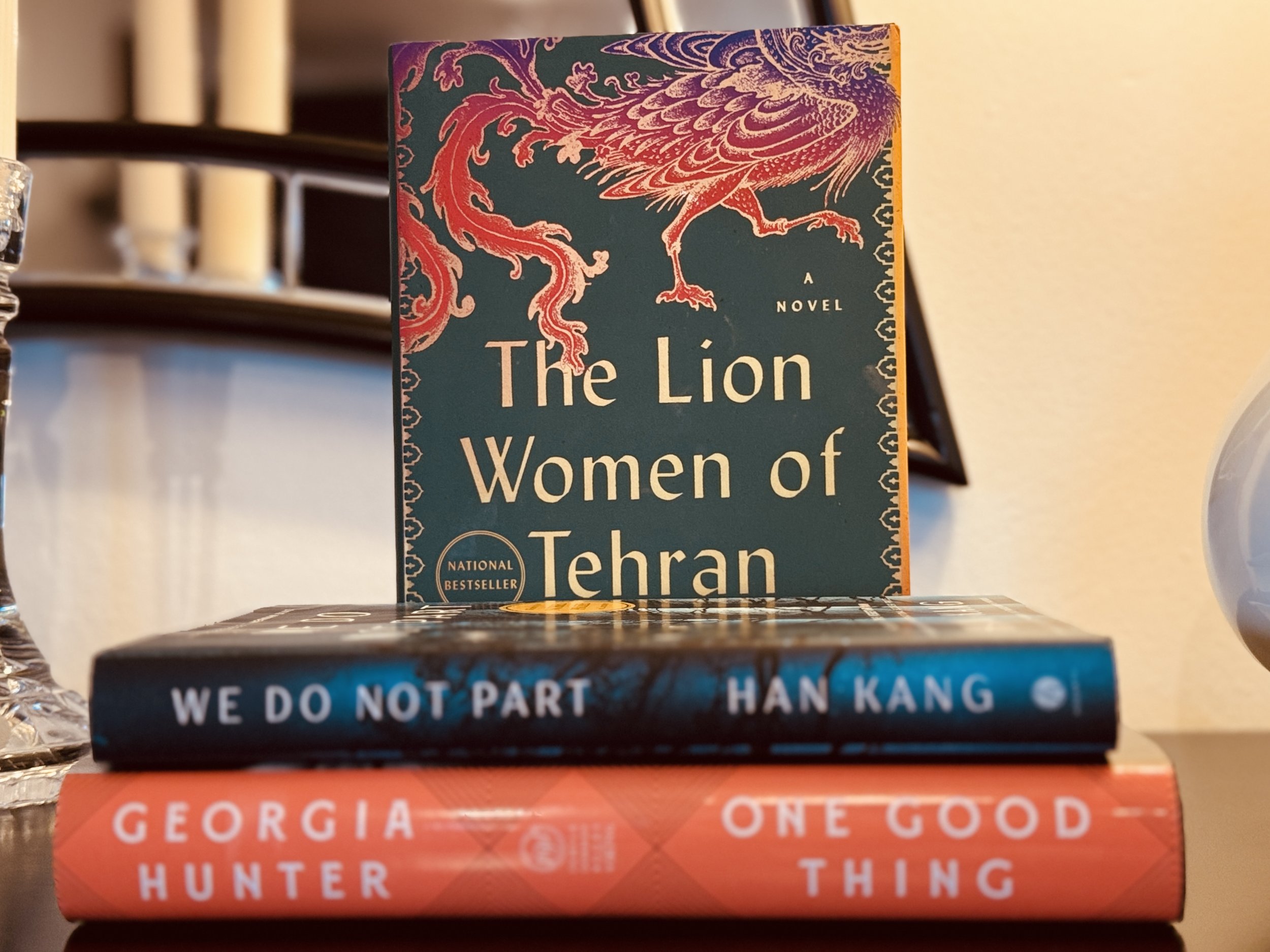The Secret Life of Sunflowers by Marta Molnár — A Heartfelt Review About Legacy, Friendship, and the Quiet Power of Journaling
Some books leave an imprint deeper than you expect. The Secret Life of Sunflowers by Marta Molnár was one of those unexpected discoveries for me—quiet at first, then suddenly blooming into something unforgettable.
Vincent van Gohg - The Plain of Auvers
I opened it anticipating a story rooted in Vincent van Gogh’s world—the emotional storms, the brilliance, the sunflowers we’ve all seen a thousand times. Instead, I found myself drawn into the intimate, intergenerational lives of Emsley, Violet, and Johanna “Jo” Bonger. What Molnár does between these women is nothing short of beautiful.
What could have been a simple piece of historical fiction becomes something richer:
a meditation on legacy, art, healing, and the way our private words—our journals—can echo far beyond us.
Johanna Bonger: The Unsung Guardian of Van Gogh’s Legacy
One of the most compelling parts of the novel is its portrayal of Jo Bonger, the woman who ensured that Vincent van Gogh’s work would not be forgotten. Molnár paints Jo with tenderness and nuance—
• grieving, yet determined
• uncertain, yet courageous
• ordinary, yet carrying an extraordinary responsibility
Her diary becomes her compass, and, generations later, a lifeline connecting her to Emsley. Through Jo, the novel reminds us that history often rests on the shoulders of people standing far from the spotlight—people who quietly decide that a life, or an artwork, is worth fighting for.
Emsley’s Journey: Modern Pressures and the Search for Self
In contrast to Jo’s nineteenth-century world, Emsley faces distinctly modern pressures—career expectations, complicated family dynamics, and the subtle, persistent question of who she is beyond what others need from her.
Her voice feels immediate and honest. Emsley’s transformation isn’t dramatic; it’s believable. It mirrors the way real change happens—slowly, almost imperceptibly, until one day you notice you’re standing somewhere different.
Journaling as Art, Healing, and Legacy
What lingered with me most was the novel’s reverence for journaling.
Molnár doesn’t treat journaling as a trendy wellness practice. She treats it as something sacred—a bridge across time, grief, uncertainty, and even silence.
Jo’s diary isn’t merely a record of her life; it becomes a legacy that guides Emsley a century later. That realization made me pause. It made me wonder: What traces of ourselves do we leave behind—intentionally or not?
Molnár’s answer feels comforting: legacy doesn’t have to be grand. Sometimes it begins with a single honest sentence written on an ordinary day.
Friendship as a Lifeline
One of the most memorable lines in the book reads:
“If life was a rolling river, friendship was the life raft.” Friendship—imperfect, loyal, and quietly life-saving—is a thread running through both timelines. These relationships ground the characters as much as grief, art, or journaling do. It’s one of the novel’s softest themes, and yet one of its most powerful.
A Novel of Art, Resilience, and Quiet Transformation
The Secret Life of Sunflowers unfolds as a dual-timeline story, but it also reads like a meditation—on resilience, on womanhood, on tending to the small, quiet moments that shape who we become.
It’s a novel about:
• art and the people who protect its legacy
• grief, and the ways we learn to carry it
• the written and unwritten voices that guide us forward
• the unexpected beauty of journaling and storytelling
If you’re drawn to novels blending art history, emotional depth, and intergenerational storytelling, this one is absolutely worth reading.
It isn’t just a book about Vincent van Gogh. It’s a book about the women who safeguarded his brilliance—and about the stories we leave behind without realizing it.
Stories That Echo the Same Strength and Sisterhood
As I closed the final chapter, I found myself thinking of other novels that lingered with me long after I finished them. Recently, a few stood out with that same emotional resonance:
The Lion Women of Tehran (read my review here), We Do Not Part, and One Good Thing. Different eras, different cultures—yet each is rooted in strong women, unshakable friendships, and the quiet choices that transform generations.
Let’s Explore More Stories Together
If you're drawn to culture-rich fiction, gentle self-care, journaling, and travel that deepens your sense of self, I’d love to welcome you into my newsletter community. It’s a warm space where we explore the books that shape us and the rituals that help us grow.
And speaking of what’s next—my upcoming review is The Secret Book of Flora Lea by Patti Callahan Henry. A novel woven with memory, mystery, and that particular kind of magic only unforgettable storytelling can deliver. Stay tuned.




